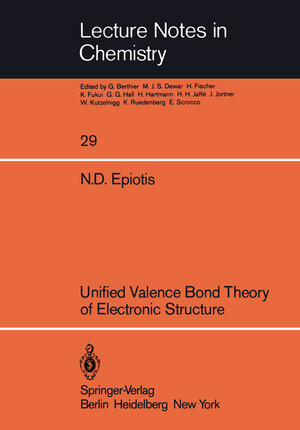
×
![Buchcover ISBN 9783540114918]()
Inhaltsverzeichnis
- I Qualitative Valence Bond Theory of Model Systems.
- A. The Formal and Conceptual Difficulties of MO Theory.
- B. Levels of VB and MO Theories.
- C. Qualitative Valence Bond Theory.
- D. Physical Interpretation of Diagonal Energy Matrix Elements.
- E. Physical Interpretation of the Interactions of CW’s: “Ionic” versus “Covalent” Delocalization.
- F. Diagrammatic Matrix Elements.
- G. The VB Theory of Aromaticity.
- H. Heitier - London Theory of Stereoselection.
- I. The “Perfect” Form of Heitler - London Theory.
- J. Why HL Theory Cannot Qualify as a General Theory of Chemical Bonding.
- K. The Transition to “Orthogonal” VB Theory and Its Approximate Variants.
- L. The Physical Interpretation of VB Configuration Wavefunctions..
- M. Huckel Valence Bond Theory of Stereoselection.
- N. Neglect of Differential Overlap Valence Bond Theory of Stereoselection.
- O. The Electronic Basis of Stereoselection.
- P. Conclusion.
- References.
- Appendices.
- II Qualitative Molecular Orbital-Valence Bond Theory.
- A. MOVB Theory.
- B. The MOVB Approach to Ground State Stereochemistry.
- C. Ground State Bond Diagrams.
- D. The Representation of Elementary Systems.
- E. The Basic Stereochemical Problems.
- F. Selection Rules for Chemical Bonding.
- G. The Concept of the Effective Energy Gap.
- H. The Representation of Polyelectronic Systems.
- I. Core and Ligand Group Orbitals.
- J. Applications.
- K. Compact MOVB Theory.
- L. Epilogue.



